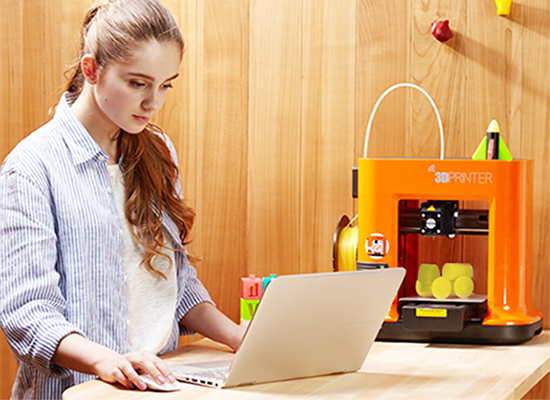Why Teachers Should Embrace Technology in Their Classrooms

By Matthew Lynch
Teachers have a lot on their plate when it comes to measuring achievement. Student success is determined by assessments, graded materials and even technological savvy. The consensus seems to be that to give K-12 students a fighting chance in the real world, teachers and administrators must stay on top of any and all technology trends. While it’s impossible to use every piece of technology to the students’ advantage, there are some legitimate reasons (aside from the cool factor) that teachers should embrace technology in their classrooms.
At-risk students
Technology has made it possible for students who fall off the traditional path to jump back on and finish what they spent most of their childhood working towards. This may be in the form of taking remote classes from home, remedial classes in on-campus computer labs or even by enrolling in full-time online schools, public or private. The technology available for these options benefits students who face difficulties with a normal school schedule including teenage parents, students with short-term or long-term illnesses, teens with substance abuse struggles, or those who had poor academic performance due to learning disabilities or bullying.
Equality through Technology
Technology is also a great equalizer in K-12 classrooms. Students have the same access as their peers to whatever technology is available in their district and specific classroom. While there is certainly some technology discrepancies between one district and another, often based on the socioeconomic status of the families within that district, within each district students have fair access to technology. In a way, things like computers and mobile devices in classrooms usher in the technology of the outside world and give students who may not otherwise have access a chance to use it for learning purposes.
Having in-classroom technology more directly impacts the graduation rate by providing customized learning experiences. A student who needs extra help on a particular topic need not hold up the entire class, or feel embarrassed asking for that help when there are computer modules and tablet apps available for individual learning experiences. Teachers who spot a trouble area with a particular student can gear that teen towards more exercises to master the topic. Of course, technology is not the magic wand to fix all problems, but it does allow for more flexibility of the learning process which in turn makes it easier for a wider group of students to stay in classrooms until the end of the K-12 journey.
College Prep
K-12 educators used to have the goal of helping their students reach high school graduation, but now the pressure is on to create students who go on to achieve college goals too. No matter how advanced the technology options in a particular school district, they are dwarfed by the reliance on and widespread use of technology on college campuses. High school students who become acquainted with technology for things like course selection, class management, and actual learning modules are better.
Other Technology Perks
There are so many ways that academics are enhanced by technology that simply did not exist ten years ago. Today, students can benefit from online learning modules if a major illness or suspension keeps them at home. For students who are struggling under the academic and social pressures of traditional schooling, online learning provides an alternative to stay on track from the comforts of home. Online learning is just a brushstroke on the contemporary portrait of learning technology. Within classrooms, teachers can encourage students to work individually on a computer or mobile devices, freeing up some time to work in-person with those who might need the extra attention.
Teachers can also communicate more effectively with parents and students regarding upcoming assignments, supplementary lesson plans, and areas where students could benefit from extra practice. With browser-based technology, and cloud-based options, teachers can provide easy access to information and parents and students can log in at their convenience.
Technology is transforming the teaching process into one that is more interactive as well. Instead of waiting to see how much a student knows at the end of a term, progress can be measured in real-time – and adjustments can be made. Teaching is becoming less instructor-centric and more of a collective process.
What do you think? Did I leave any benefits of classroom technology out?






